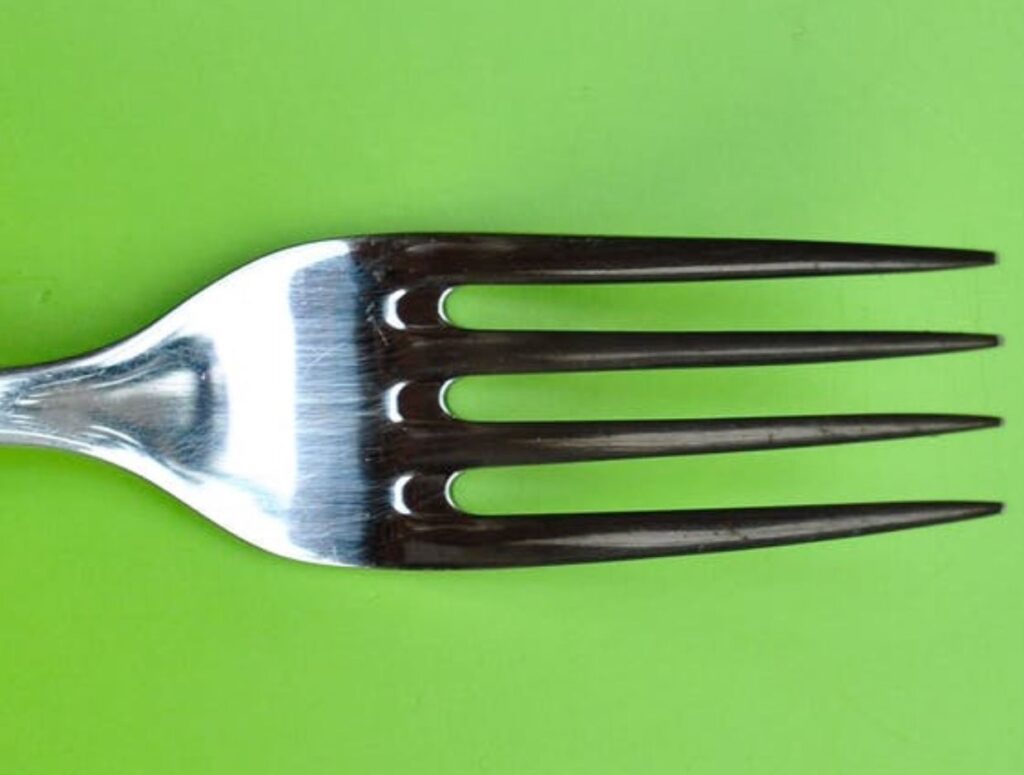
In the last blog post, we discussed the reasons you should have a pantry. I think we made a rather compelling argument for the importance of having a “deep pantry” (food that is set back in case of an emergency), so in this post we will discuss the 11 ways to go about setting up a deep pantry for your household.
- Only buy what you eat. It is very important to only purchase extra foods that your family will eat. Walk pass the the huge sales you find if they are on the list of foods that no one really enjoys eating. No matter how cheap it is, it is still a waste of money if it just sits on a shelf.
- Purchase items when on sale. Most grocery items have a sale cycle, which I will discuss in the next post; it is important to learn the cycles in your area. When items become deeply discounted, and it is something your family eats, stock up, but be sure you stay within your budget.
- Buy in bulk. Buying in bulk is something that you will need to work into your budget. I would start out by purchasing the most frequently consumed foods, such as rice, beans, oats, coffee or tea. If you are unable to work a large purchase into your budget, maybe you can split the cost with another family member or a friend. We have purchased bulk foods such as honey, nuts, grains and meats and split the cost with others. It can take time to build up bulk foods in your deep pantry, but it is one of the best ways to save money. Just be patient with yourself because it can be frustrating not being able to purchase all that you want to at once! It may be beneficial to search for food co-ops in your area. Some churches have them, and Azure Standard has a list of purchasing groups. Once we decided we wanted to purchase bulk foods on a regular basis, we started a sinking fund for that purpose.
- Store food properly. This could be a whole blog post in and of itself – but it is so important to keep what you spend you hard earned money on unspoiled. The cooler your storage area, the longer your food will last, so the attic or garage are almost always bad options. Dry bulk foods should be stored in rigid food grade containers with oxygen absorbers to extend its life. You might also consider sealing the food in mylar bags to maximize their shelf life. Be sure to research long term storage practices that are the best fit for your situation.
- Store your deep pantry items away from other foods. If your home is anything like mine, once food enters the house, it is considered fair game and is consumed at warp speed unless someone writes their name or “do not eat” — or simply “Not Yours”, (as Mr. Seriously Frugal prefers). This is why it is important that when you are creating a deep pantry, the foods are stored separately from your standard groceries.
- Rotate your stock. Say you found a great deal on green beans and you purchased 10 cans because it’s something that your family eats regularly. When you get home, move any green beans from your deep pantry into your kitchen and replace them with the new cans you just brought home. While, as we’ve discussed before, it’s true that many foods are safe long beyond the date printed on the package, proper stock rotation will ensure that the items in your deep pantry are always as fresh and tasty as they can be.
- Set aside a specific amount of money in your budget every month to spend on increasing your pantry. Just make sure you only use the money to buy bulk purchases.
- Whatever you buy make sure you have all the necessary ingredients to make the finished product. For example, if you load up on boxes of mac and cheese, make sure you also have enough butter and milk. Butter can be frozen to extend its shelf life and milk can be purchased in shelf-stable boxes or in powdered form.
- Think about extras. Food is not the only thing you want to have in your deep pantry, you will also want to have herbs and spices to help flavor foods, water, paper products and hygiene products to carry you through longer gaps between store trips.
- Set a goal. It is budget friendly to have a plan for how much food you want to store; i.e. do you want a month or maybe 6 months worth of food for you and your family? There are various websites that can help you figure out just how much food you will need. There are quite a few calculators online, but here are a couple to get you started: EZ-Prepping |and FoodStorageMadeEasy. Once you have reached your food storage goal, you can then free up this money for use in other areas of your budget, or to put toward other sinking funds. One idea is to save for a bulk meat order, which is something we do twice a year. It saves quite a bit of money over standard grocery prices, and we get far higher quality meat (organic grass fed Angus) both in terms of flavor and health.
- Finally, decide on a place to put it all. We have lived in numerous houses, apartments, and rentals over the years and we have had to be very creative with our deep pantry at times . We have used space under the bed, in the basement, in a closet, under the stairs, once in the garage, and a corner in the kitchen were we put up heavy duty shelves. If your deep pantry is more easily accessible, be sure to train yourself to only rotate out the food or quickly replace anything you use from it. Some may find it easier to keep a written list so you can mark off what is used, making it easier to know what to purchase.
We hope you have found this information helpful and can see the benefits of having a deep pantry. If this is something you think you would want to set-up in your home, or you have a deep pantry, how much money would you be able to set aside, or do set aside, each month to help build up your family’s pantry?


We have a budget of $400 per month. Stocking up has to come out of that. I just do a little at a time as things are on sale. It really adds up and we have quite the stockpile.
Love this! Although we don’t have a set dollar amount, I do buy in bulk when I can. Some months my parents come to visit and take us food shopping. I try and get pantry items then or use the money I saved from them buying food.
We are actually in the process of turning a non-utilized closet into a pantry to stock up on items! I have been baking and making masks so we will be using the money from those sales, so far this month we have $763 to finish the project and start purchasing our “stock pile”
It comes out of my monthly budget. I’m from near coastal SC, and I tend to have to stock up prior to a hurricane & id love to get where that’s not necessary…that I have enough on my pantry to get us through hurricane season.